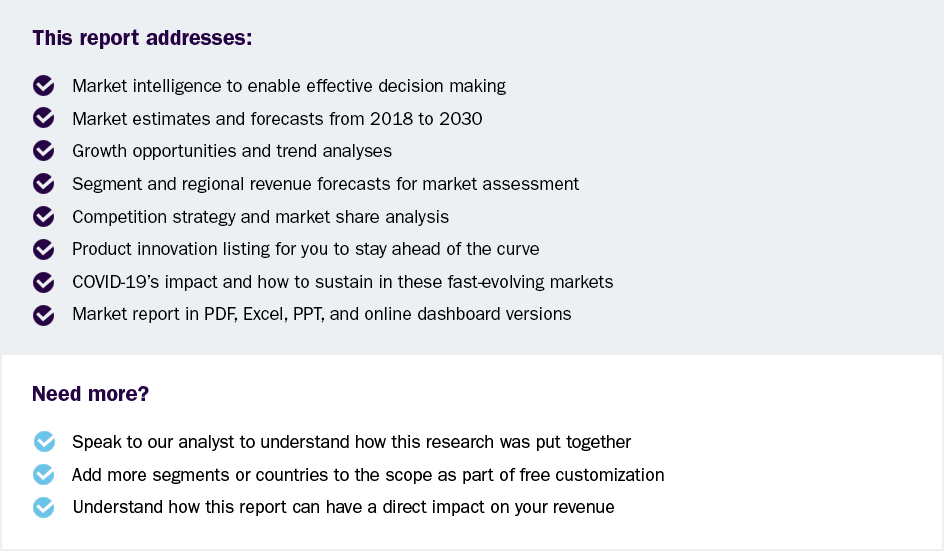Medical Electronics Market Size To Reach $12.21 Billion By 2030
Medical Electronics Market Growth & Trends
The global medical electronics market size is anticipated to reach USD 12.21 billion by 2030, according to a new report by Grand View Research, Inc. The market is projected to grow at a CAGR of 6.7% from 2025 to 2030. Technological advancements have boosted the applications of electronics in the fields of diagnostics, therapeutics, and wellness. Increasing geriatric population coupled with sedentary lifestyle contributes to chronic cardiovascular, gastrointestinal, and respiratory disorders.
Diagnostic applications of medical electronics are fueled due to growing awareness about healthcare amongst people. The population in developed countries opts for early diagnosis for effective treatment and cure. Increasing adoption of newer technology in diagnostics is expected to upsurge the market in the future.
Aging population creates a need for critical care of long duration, thus increasing the demand for life-supporting devices, such as ventilators and dialysis devices. A growing number of accidents and permanent injuries also contribute to this upsurge. Improving healthcare facilities eases the procedures of reimbursements and related medical procedures even in developing countries.
Industry players are focused on the commercialization of new technologies and integrated systems. In August 2016, Siemens launched a new product, Sysmex CS-2500. It is a coagulation analyzer and has applications in diagnostics.
 Request a free sample copy or view report summary: Medical Electronics Market Report
Request a free sample copy or view report summary: Medical Electronics Market Report
Medical Electronics Market Report Highlights
-
Imaging applications of medical electronics led the market with a revenue share of 35.3% in 2024, driven by the increasing prevalence of chronic diseases such as cancer and neurological disorders.
-
Homecare/handheld products are projected to witness the fastest CAGR of 7.8% over the forecast period. The increasing prevalence of chronic diseases and an aging population are driving segment growth further.
-
North America's medical electronics market dominated the global market with a revenue share of 35.7% in 2024, fueled by its advanced healthcare infrastructure and high spending on medical technologies, leading the global market in healthcare expenditures.
-
The Asia Pacific medical electronics market is expected to register the fastest CAGR of 7.9% over the forecast period attributed to significant investments in healthcare infrastructure, a large population base, and rapid economic growth.
Medical Electronics Market Segmentation
Grand View Research has segmented the global medical electronics market report based on application and region:
Medical Electronics Application Outlook (Revenue, USD Million, 2018 - 2030)
-
Imaging
-
Therapeutics
-
Homecare/Handheld Products
-
Patient Monitoring
Medical Electronics Regional Outlook (Revenue, USD Billion, 2018 - 2030)
-
North America
-
U.S.
-
Canada
-
Mexico
-
-
Europe
-
UK
-
Germany
-
France
-
Italy
-
Spain
-
Denmark
-
Sweden
-
Norway
-
-
Asia Pacific
-
Japan
-
China
-
India
-
Australia
-
South Korea
-
Thailand
-
-
Latin America
-
Brazil
-
Argentina
-
-
Middle East & Africa
-
South Africa
-
Saudi Arabia
-
UAE
-
Kuwait
-
List Of Key Players in the Medical Electronics Market
-
FUJIFILM Holdings Corporation
-
CANON MEDICAL SYSTEMS CORPORATION
-
Koninklijke Philips N.V.
-
MCKESSON CORPORATION
-
iCAD, Inc.
-
Siemens Healthineers AG
-
GE Healthcare
-
Analog Devices, Inc.
-
Texas Instruments Incorporated
-
Biotronik
-
STMicroelectronics

